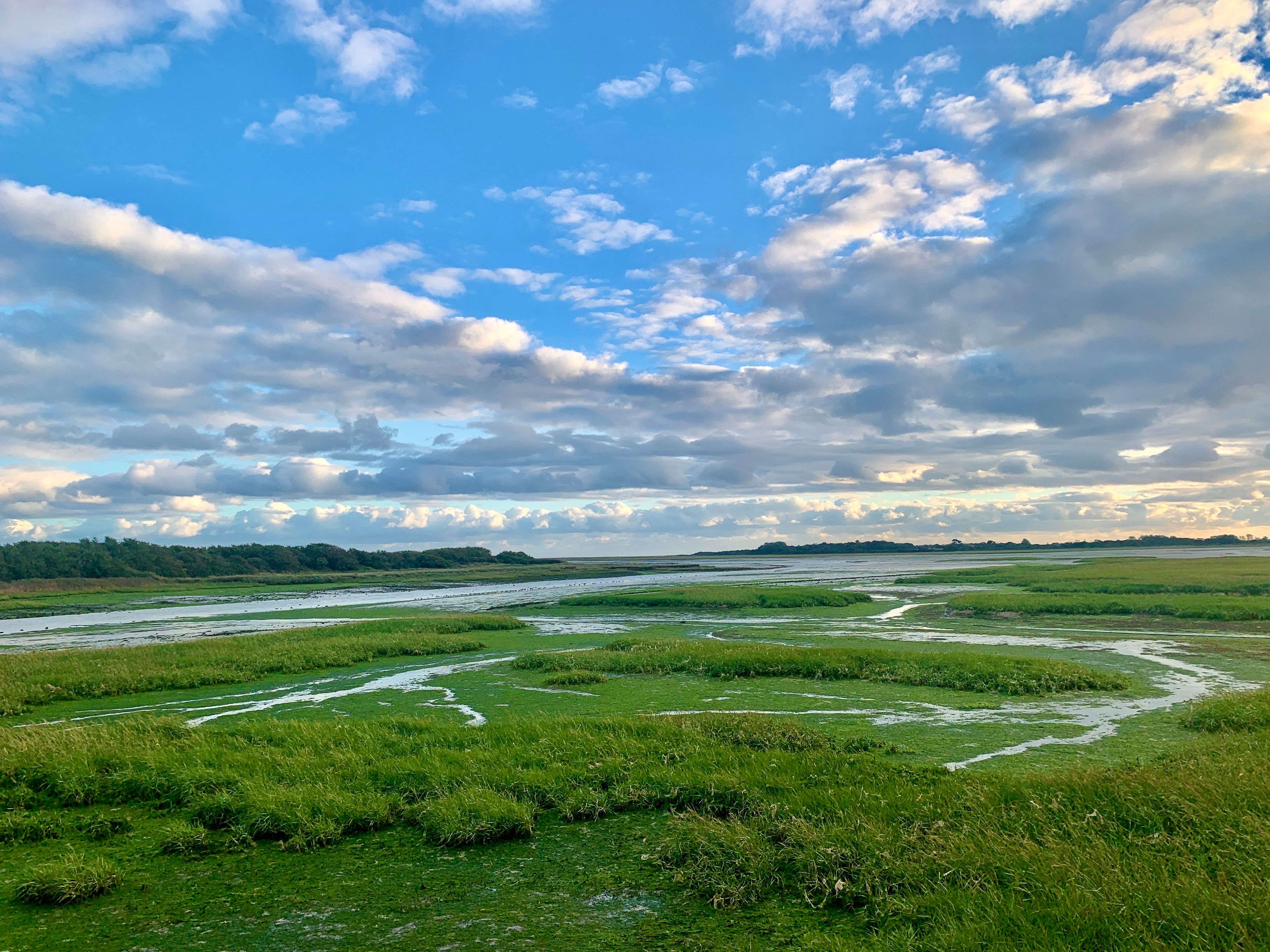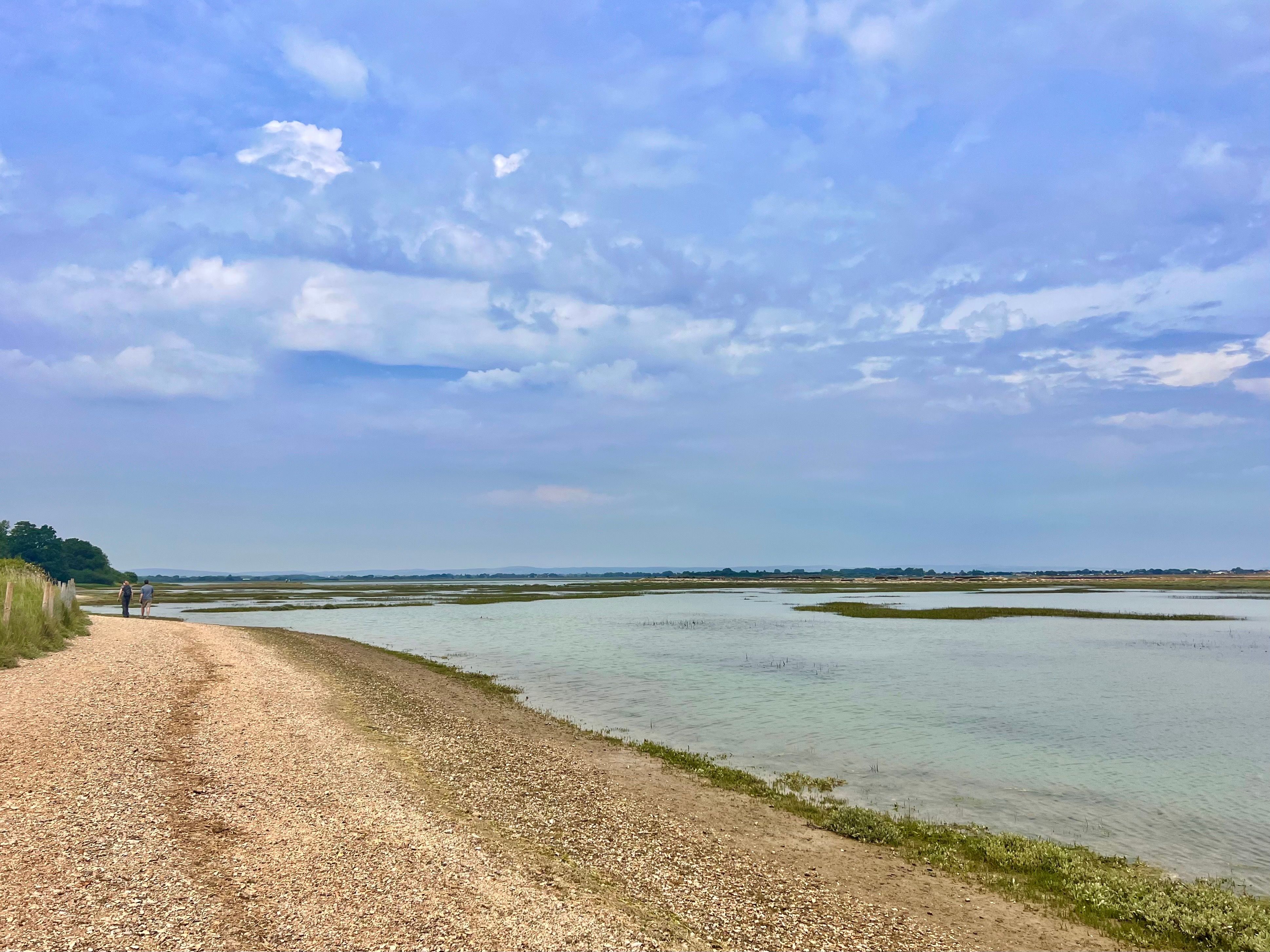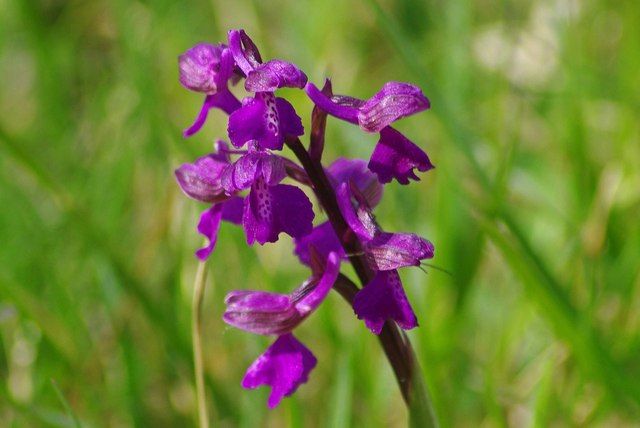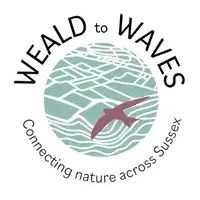Coastal Habitats: A Haven of Biodiversity
By Weald to Waves - 13 July 2023
Saltmarshes, with their flowers like sea wormwood, sea heath, and glasswort species, are a vanishing habitat. Once abundant along the Sussex coastline, today, pockets of these flowering plants continue to providing essential winter food for ducks and skylarks. In the summer, shelducks, avocets, and redshanks would have once led their chicks to feed in these marshes. As autumn approaches, the plants transform their colors, painting the landscape with shades of red, purple, and brown.

Saline lagoons are a treasure trove, boasting various salinities and invertebrates tolerant to salt. Islands within these lagoons become nesting grounds for seabirds, while the water is home to shrimp and small fish that attract fishing birds like the little egret, little grebe, and kingfisher.
Shingle shores are composed of countless flint pebbles that came from the chalk landscape that once bridged Britain with Europe. The scarcity of nutrients and freshwater creates a haven for specialised flowers like sea kale, sea pea, and sea campion, thriving in this harsh environment.

Grazing marshes, dotted with ditches, ponds, and scrapes, are a year-round attraction for many wetland birds. Barn owls and marsh harriers regularly seek their prey over these marshes. During spring, the skies above come alive with skylarks and, if you are lucky, you may catch displays from nesting lapwings and redshanks. Both are in decline in Sussex, with half our numbers lost in the last 25 years. The fringe plant, sea clubrush, offers a sanctuary for specialized insects like hoverflies, soldierflies, and damselflies.
Chalk grassland, a tapestry that can hold over 30 flower species per square meter, is a vital haven for insects. Chalkhill and adonis blue butterflies, along with dingy and silver-spotted skippers, rely on the diverse flora, including the striking moon carrot and green-winged orchid (photo: Glyn Baker).

Rockpools are captivating microhabitats along the coast, teeming with diverse marine life. These small pools of seawater offer essential shelter and feeding grounds for various species, including crabs, sea anemones, and juvenile fish. Exploring them provides a glimpse into the dynamic ecosystems along the shoreline.
These coastal habitats provide vital support for a myriad of plants and animals, contributing to the rich biodiversity that makes our region a true nature lover's paradise. Let's cherish and protect these unique environments, ensuring that they remain thriving ecosystems for generations to come.

